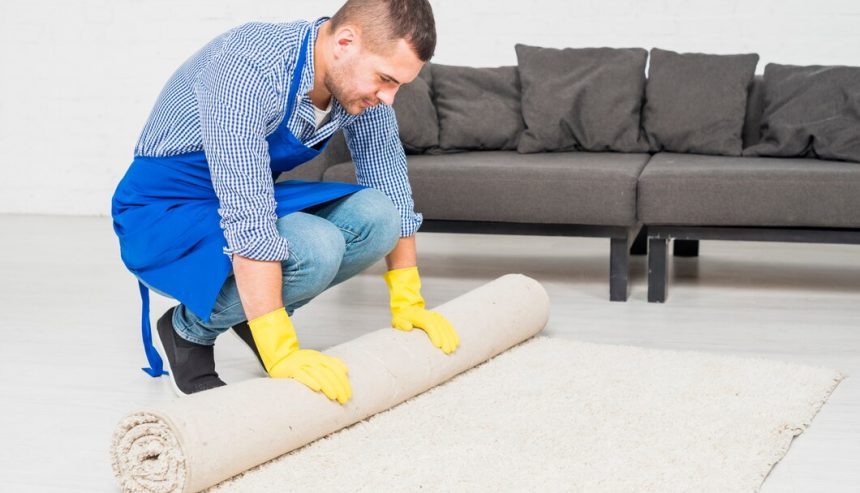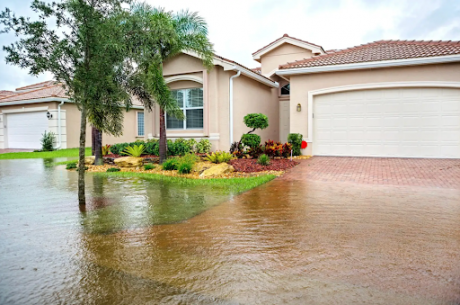Flooding is a common concern in Florida, especially during hurricane season. When floodwaters invade your home, they can cause a lot of damage, particularly to your carpets. Wet carpets can harbor mold, mildew, and bacteria if not handled quickly. Knowing how to dry your carpets properly can save you both time and money while also protecting your family’s health.
The moment you notice flooding in your home, it’s essential to act quickly. The longer water sits, the more damage it can do. Even a small amount of water can cause big problems if left unattended. So, gathering the right tools and having a plan is critical.
With that in mind, we’ll walk you through the steps to dry your carpets after flooding. By following these steps, you can minimize damage and prevent mold growth. It’s not just about drying the carpet but making sure your home is safe and clean. Taking immediate action can make a huge difference in how effectively you restore your living space.
How to Save and Dry Your Carpets After Flooding
1. Assess the Extent of Water Damage
The first step in drying your carpets after flooding is to assess the extent of the water damage. Check all areas of your home to see where the water has reached. This includes looking under furniture and in corners where water might have pooled. Make sure to check the padding under the carpet too, as it can absorb a lot of water and take longer to dry.
Evaluate the type of water involved. Clean water from a broken pipe is less hazardous than flood water from outside, which can contain contaminants and bacteria. If the floodwater is dirty or contaminated, you may need to take extra steps to ensure your carpets are properly sanitized.
Take note of the different materials affected. Carpets, padding, and even subfloors can all be damaged by water. By understanding the extent of the damage, you can decide whether you can handle the drying process yourself or if you need professional help. In Florida, where high humidity can worsen water damage, acting quickly and efficiently is key.
2. Remove Standing Water
Once you have assessed the damage, the next critical step is to remove any standing water. The quicker you can do this, the less damage will occur. Use a wet/dry vacuum to suck up as much water as possible. These vacuums are designed to handle large volumes of water and can be rented if you don’t own one.
If the flooding is extensive, you might need to use pumps. Submersible pumps can remove water quickly and are especially useful if the water level is high. Be sure to follow safety guidelines when using electrical equipment in wet conditions to avoid shocks or accidents.
For smaller areas or less severe flooding, mopping up with towels and buckets can work, but this method is labor-intensive. As you remove the water, keep an eye on the progress and make sure you’re getting all the water out from under the carpet and padding. Continuous removal is necessary to prevent the water from spreading further into unaffected areas.
Quickly removing standing water helps to minimize the soaking time and reduce the risk of mold and mildew growth. This is especially important in Florida’s humid climate, where mold can grow rapidly if conditions are right.
By efficiently removing standing water, you set the stage for effectively drying and restoring your carpets.
3. Dry and Dehumidify the Area
After removing standing water, the next step is to dry and dehumidify the area. This is crucial to prevent mold growth and further damage. Begin by setting up fans around the wet carpets. High-powered fans work best because they move a lot of air quickly, helping to speed up the drying process.
Open windows and doors to promote air circulation if it’s not too humid outside. Florida’s weather can be tricky, so take advantage of sunny, dry days to enhance indoor airflow. Using dehumidifiers can also remove moisture from the air. Place dehumidifiers in each affected room to help extract excess humidity. Remember to empty the water collection container frequently.
For extensive flooding, you might need to pull up the carpet and padding to dry the subfloor completely. Use moisture meters to check for hidden damp spots under the carpet. Continually monitor the progress to ensure everything is drying properly.
Keep fans and dehumidifiers running until all moisture is gone. This step can take several days, so patience and thoroughness are important.
4. Clean and Sanitize Your Carpets
Once the area is dry, it’s time to clean and sanitize your carpets. This helps to remove any bacteria, mold spores, or contaminants carried in by floodwaters. Start by vacuuming the carpets to pick up any remaining dirt or debris. Use a vacuum with a HEPA filter to ensure you’re collecting allergens and fine particles.
Next, apply a carpet cleaning solution designed to kill germs. You can rent a carpet cleaner from a local store or hire a professional cleaning service. Make sure to follow the instructions on the cleaning solution carefully. Scrub the carpets thoroughly to remove stains and residues left by the floodwater.
To sanitize the carpet, you can use a mixture of water and white vinegar. Vinegar is effective in killing many types of bacteria and is safe for most carpets. Spray the mixture on the carpet and let it sit for about 15 minutes before blotting it up with a clean cloth.
Finally, run fans and dehumidifiers again to ensure the carpet dries completely after cleaning. A deep, thorough cleaning not only makes your carpet smell fresh but also helps keep it free from harmful germs.
From Wet to Dry: Restoring Carpets After a Flood
Dealing with wet carpets after a flood can be challenging, but following these steps can make the process manageable and effective. By assessing the extent of the water damage, removing standing water, drying and dehumidifying the area, and cleaning and sanitizing your carpets, you can restore your home to a safe and comfortable condition.
Flooding can cause a lot of stress and damage, but quick and proper action can help minimize long-term problems. It’s important to be thorough and patient to ensure your home is fully restored.
If you need professional help with water damage restoration in Naples, contact PuroClean of Naples. Our team is ready to assist you with expert care and advanced equipment to bring your home back to its best condition!



